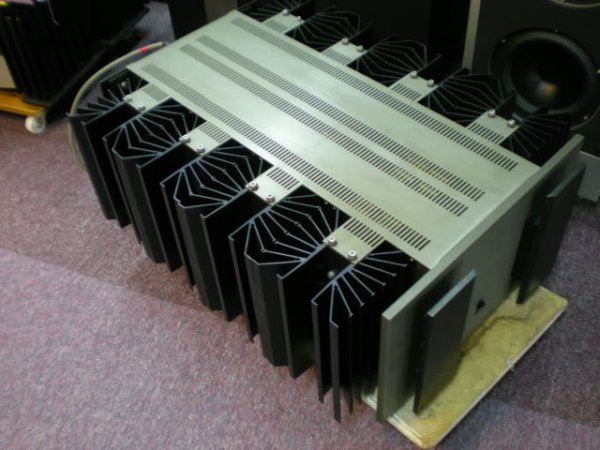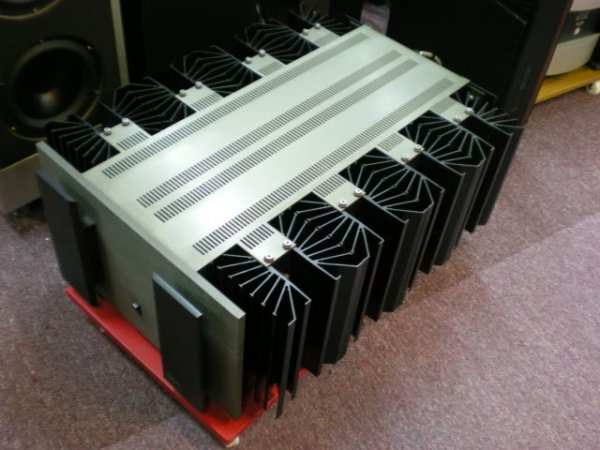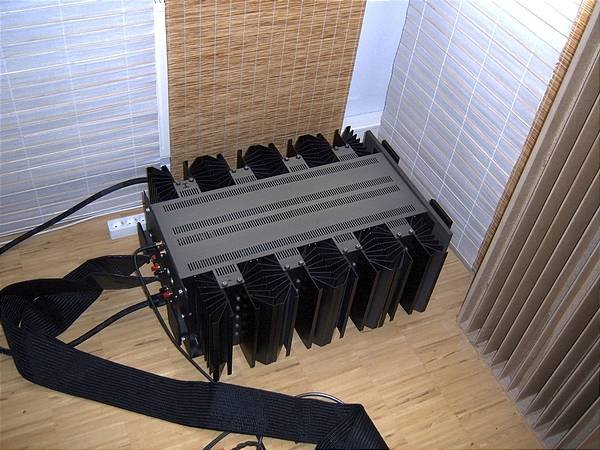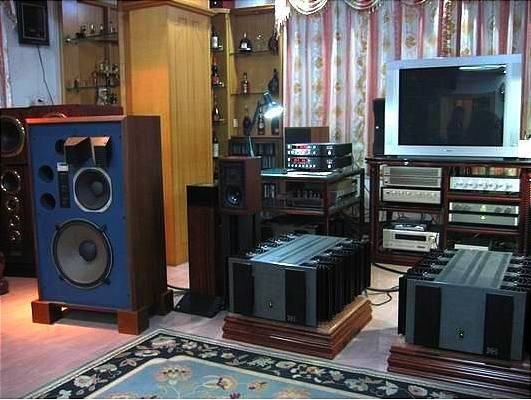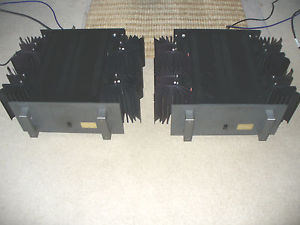Francisco-I'm simply talking about the cost of retubing them and keeping them running assuming all of the output tubes live a nice long life.
The cost of retubing both channels is about $1800.00. That is not so bad considering how much power we get vs what our competition charges for their tubes. We warrant the tubes for a year.
Also the tubes hold up quite well in that amp since the effective output impedance is lower. It puts out its maximum power into 2.3 ohms.
Another way of putting this is that with any tube amp, if you operate the amp into a higher impedance, the tubes will run cooler as more power is dissipated into the load rather than the output section itself. Since the tubes are thus running cooler and dissipating less power, they last longer. Having more power tubes is a lot like running a smaller amp into a higher impedance as far as the tubes are concerned. With regards to the MA-3, even if the amp is driving a 4 ohm load the tubes run pretty cool- cooler than they do in any of our other amps. We don't know exactly how long the tubes last, but we do know they hold up better than in our other amps. We've seen over 10,000 hours in them if the amp is set up right. So the MA-3 is a lot easier to live with that one would expect on first blush.
Not mentioned yet but worthy of note is that bias functions are automatic, and the amplifier has its own AC power regulation- the line can drop to 95 volts and the amp will still make full power.
We first introduced this amp about 10 years ago, it remains the world's most powerful OTL, and one of the most powerful class A tube amps made; if you include the fact that it is also a triode power amp the list gets a lot shorter.
One distinct advantage it has is without an output transformer it is very fast- it rivals the fastest transistor amps in that regard. So from 1Hz it can run right up to 100KHz at full power within less than 0.5db. I don't know of another tube amp with this sort of power than can do that. As a result, it does not sound ponderous; musically it is as nimble as it gets.


















